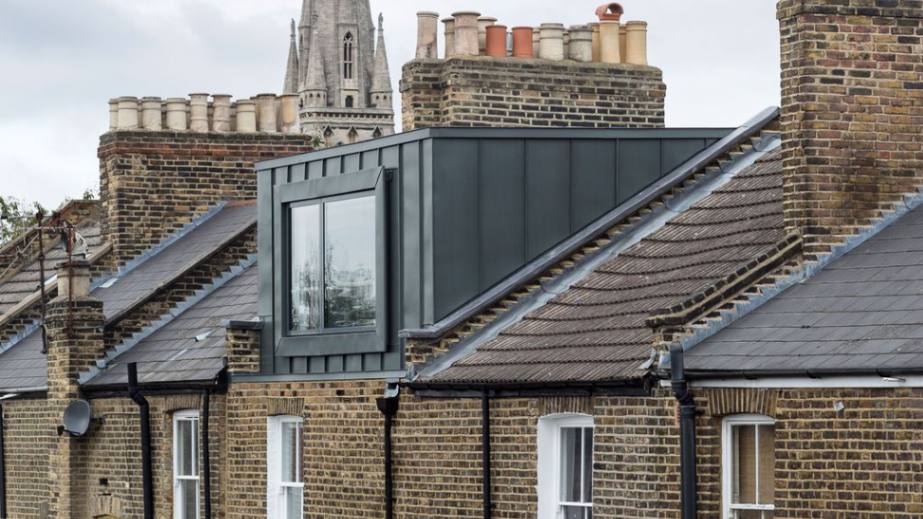
Mansard Loft Conversion | Pros, Cost, Planning Permission, & More
You can enhance your property’s living space with a Mansard loft conversion that saves you from the stress of relocation. But this project also required
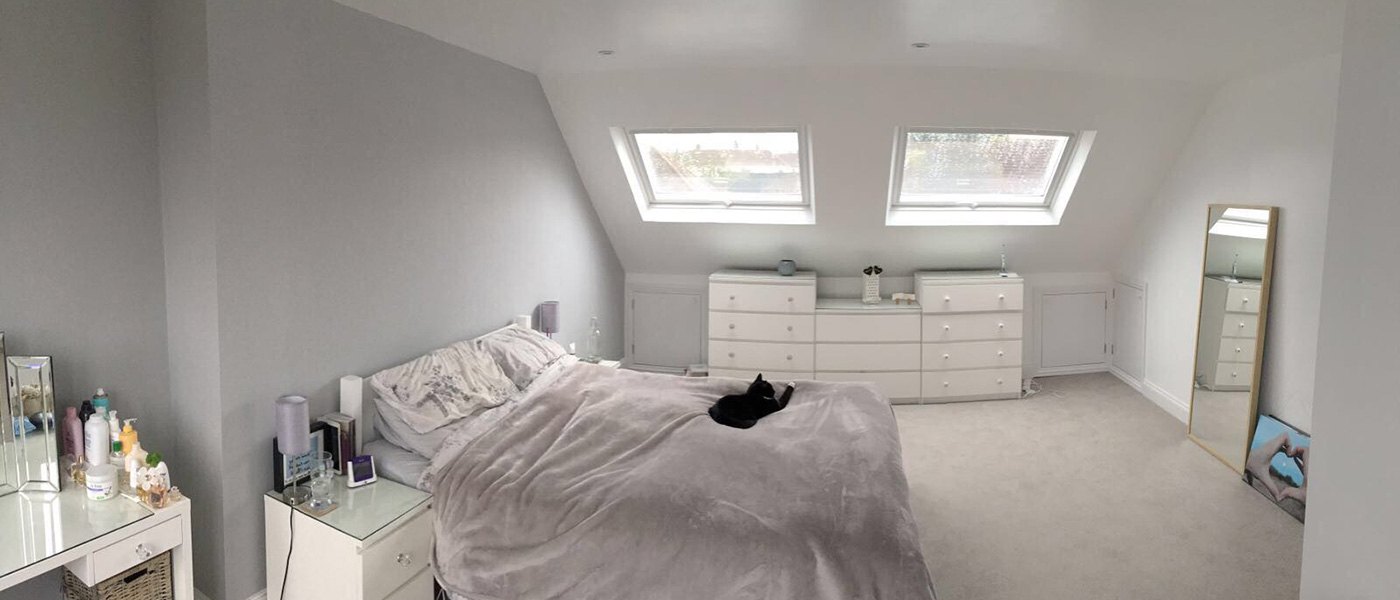
Many things are involved in converting the loft section of your house; a few are complicated, while some can be done in no time. Suppose your house is suitable for conversion. Next, you have to follow several important steps.
First, accurately measure the available space. Next, consider the four main types of loft conversion and select the one that best suits your needs. Finally, choose a competent builder or architect to carry out the project.
However, it’s essential to note that this process doesn’t have to be overly complicated. I’m saying this since my team and I have spent hours collecting the data and making the process easy with the help of this comprehensive guide.
Before proceeding with a loft conversion, assessing whether your house is suitable for the project is crucial. Here is a guide to help you determine if your house meets the requirements:
In most cases, homes are allowed for permitted development, which allows for loft conversions without planning permission. However, there are restrictions based on the property type:
By examining your loft hatch, you can determine the type of roof your house has:
The lowest head height needed for a loft conversion is 2.2 metres. You can measure this yourself by using a tape measure to determine the distance from the floor to the ceiling at the tallest part of the room.
Remember that older houses, especially Victorian ones, may have lower ceilings and might not meet the necessary head height. Consider any potential obstacles like water tanks or chimney stacks when planning the conversion.
The staircase is a crucial element in loft conversions, and it’s important to factor it into your plans. Assess the optimal location for the staircase and calculate the required space for its installation.
Keep in mind that even a thoughtfully designed, space-efficient staircase can occupy a considerable portion of a room. Ensure that you have sufficient space available and carefully consider its impact on the overall flow and functionality of your home.
Additionally, the staircase should be able to accommodate furniture when moving it to the loft. Customised staircases can be considerably more expensive than standard ones.
Check the relevant building regulations and planning permission guidelines to understand the requirements you need to comply with. To ensure a safe and compliant loft conversion, such as headroom, staircase location, step height, and fire safety measures must be considered.
To get an idea of the feasibility of your loft conversion, observe whether any similar properties around you have undergone loft conversions. If you find examples, it is more likely that your house can be converted.
Consider requesting the loft space of neighbours who have already completed conversions. This will help you gauge the size of the space, generate ideas for layout options, and assess factors like lighting and views through skylights.
Suppose you’re sure your house suits the loft conversion project. In such a case, you should start by tiring your builder for the project before doing anything else. To hire a reliable builder for your loft conversion project, follow these steps:
Ask for suggestions from family, friends, and neighbours who have undergone a conversion project. Their personal experiences can deliver helpful insights into reliable companies.
Have initial conversations with at least three firms to count their suitableness for your project. During these discussions, get a sense of their professionalism, expertise, and pricing.
Ask each company and any builders or architects you’re working with to show you examples of their previous work. Reputable companies will happily provide photographs and may even arrange visits to completed conversions. This permits you to evaluate the grade of their workmanship.
Inquire if you can speak to previous customers of the firms you are assuming. Ideally, aim to speak with multiple customers to ensure a balanced perspective and reduce the chance of the firm selectively providing positive references. Hearing about their experiences first-hand will help you gauge customer satisfaction.
Conduct online searches to uncover any reviews or feedback about the companies you are interested in. This can provide additional insights into their reputation and reliability. If you come across any concerns, address them by discussing your findings with the company directly.
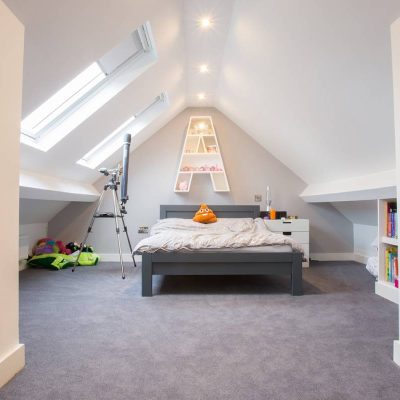
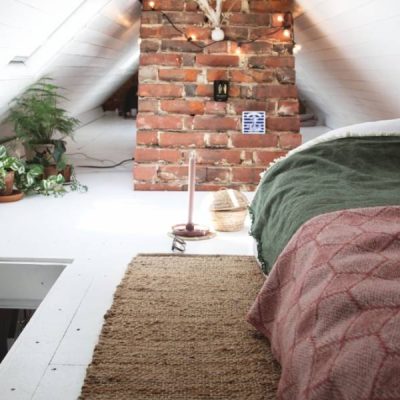
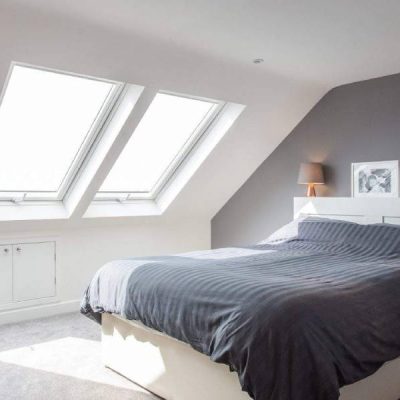
When deciding on the ideal loft conversion for your needs, three key factors come into play:
Typically, three types of loft conversions are internal, dormer, and loft conversions that need complete removal and build. Remember, each has sub-types; read this section thoroughly to choose one that suits you.
As the name suggests, this type of conversion involves maximising the existing space within the loft without making significant changes to the roof’s structure. It is a cost-effective option that works well when creating additional rooms, such as bedrooms, offices, or playrooms.
The following are the types of internal loft conversions.
Conversion Type | Description | Advantages | Disadvantages |
Roof Lights | Add windows, insulation, and floor strengthening to the existing roof slope | – Cost-effective | – Limited additional space |
A dormer loft conversion expands the existing roof vertically to create additional headroom and floor space. This type of conversion is suitable for adding extra space and functionality, especially in scenarios where the existing loft area has limited headroom.
The following are the types of dormer loft conversion.
Conversion Type | Description | Advantages | Disadvantages |
Single Dormer | Addition of dormer windows to increase space and add symmetry, suitable for conservation areas | – Favoured by planners in conservation areas | – Limited additional space |
Side Dormer | Addition of dormer windows to increase head houses’ height with a hipped roof | – Increases head height for specific roof types | – Limited to houses with hipped roofs |
Hip-to-Gable | Replacement of hip roofs with gable walls to make additional space with full headroom | – Adds extra space with full headroom | – Requires alteration of roof structure |
Full-Width Dormer | Provides maximum space and unique loft layout | – Maximises available space | – Requires sufficient roof space for construction |
L-Shape Dormer | Suitable for specific properties like Victorian houses with rear additions | – Delivers a significant amount of additional space | – Limited to specific prop |
Unlike the internal and dormer loft conversions, this conversion option involves removing the existing roof structure and rebuilding it to create a new space. It provides the ultimate flexibility in terms of design and layout possibilities. However, this type of conversion tends to be the most time-consuming and costly.
The following are different types of these loft conversions.
Conversion Type | Description | Advantages | Disadvantages |
Mansard Conversions | Replacing one or both slopes of the roof with steep sides and a flat roof | – Makes adequate volume for an additional storey | – Requires planning permission |
Prefabricated Loft | Replacement of the existing roof structure with larger prefabricated trusses | – Quick assembly process | – Temporary inconvenience during construction |
Determine if your loft conversion falls within the permitted development rights. Typically, you can extend your roof space to 50m3 (or 40m3 for terraced housing) without planning permission.
However, ensure that the allowance hasn’t been previously used up or removed. Strict limits must be followed, such as no additions beyond the existing roof slope and using similar materials.
If your conversion exceeds the permitted space allowance, is in a conservation area, or falls under designated zones, you will need full planning consent.
You can also consult with experts who can help you navigate the planning permission process and provide guidance on permitted development rights. Kickstart a consultation to receive assistance tailored to your specific project.
Loft conversions necessitate compliance with Building Regulations, regardless of whether planning permission is required. It is advisable to pursue a full plans application approach, where you obtain approval for a comprehensive scheme prior to engaging a builder.
This reduces risks and allows the builder to provide a fixed quotation based on the approved design. Building Control officers will review the undergoing work at many stages, and upon completion, they will issue a completion certificate. Hold off on settling the final accounts until you receive this certificate.
If your house is semi-detached or terraced, it is crucial to notify your neighbours about your loft conversion plans. This requirement falls under the Party Wall Act 1996, which ensures that neighbouring properties are informed, and any potential impact is addressed.
As of April 2015, homeowners are accountable for safety on their home projects, regardless of the project’s size. Develop a health and safety plan for your loft conversion and manage it accordingly to ensure a safe working environment.
The exact construction process for a loft conversion project can vary depending on the conversion type, budget, design, clients’ needs, etc. However, the following are the general steps involved in every loft conversion.
The first step is to work on the roof. This may involve removing existing tiles or slates, installing new rafters, and adding insulation. If you are adding a dormer window, this will also be accomplished during this step.
Once the roof is complete, the next step is to build the walls. This is usually done using timber framing, but brick or blockwork can also be used. The walls will need to be insulated to ensure that the loft is warm in winter and cool in summer.
The floor is usually made of timber joists, with insulation and floorboards on top. If you add a kitchen or bathroom, the floor must be waterproofed.
The windows and doors will be installed once the walls are complete. It is important to choose energy-efficient windows, as this will help to keep the loft warm in winter and cool in summer.
The staircase is usually the last thing to be installed. It is necessary to pick a staircase that is safe and easy to use.
Once the construction is done, the loft will need to be finished. This includes painting the walls, installing flooring, and adding insulation. You can also add a bathroom, kitchen, or bedroom feature.
I have added a few tables for the different costs of a loft conversion project. You can check the tables and get an estimate for the cost you may need to complete it.
Note: These costs are based on historical data from August 2015 and may vary depending on factors such as location, the complexity of the project, and current market conditions.
It is always recommended to obtain detailed quotes from professionals and contractors for accurate cost estimates specific to your loft conversion project.
Loft Conversion Type | Price Range per Square Metre (£) | Loft Conversion Type |
Simple Rooflight Conversion | £1,200 to £1,500 | Simple Rooflight Conversion |
Dormer Conversion | £1,680 to £2,400 | Dormer Conversion |
Note: Prices exclude VAT and fees.
Professional Service | Fee Range (£) |
Architect’s Fees | £1,200 to £2,400 for planning drawings |
Building Regulations Fees | Under 40m2: £385, For 40 to 60m2: £460 |
Engineer’s Structural Design Fees | £600 to £1,800 |
Planning and Certificate of Lawful Development Fees | Planning Application: £172, Certificate of Lawful Development: £86 |
Building Control Fees | £960 to £1,200 |
Party Wall Arrangement Fees | Budget approximately £850 per neighbour |
Party Wall Arrangement Fees Budget approximately £850 per neighbour
Building Work | Price Range (£) |
Heating | Radiators: £30 per m2, Underfloor Heating: £45 per m2 |
Boiler | £1,800 to £3,500 |
Bathrooms | £4,500 to £11,000 |
Decorating | £77.00 per square metre for plastering or dry lining and paint |
Flooring | £24.00 per square metre upwards |

You can enhance your property’s living space with a Mansard loft conversion that saves you from the stress of relocation. But this project also required

Solar panels help to reduce your energy bills, providing value for the invested money with easy installation. These can be installed in residential and commercial
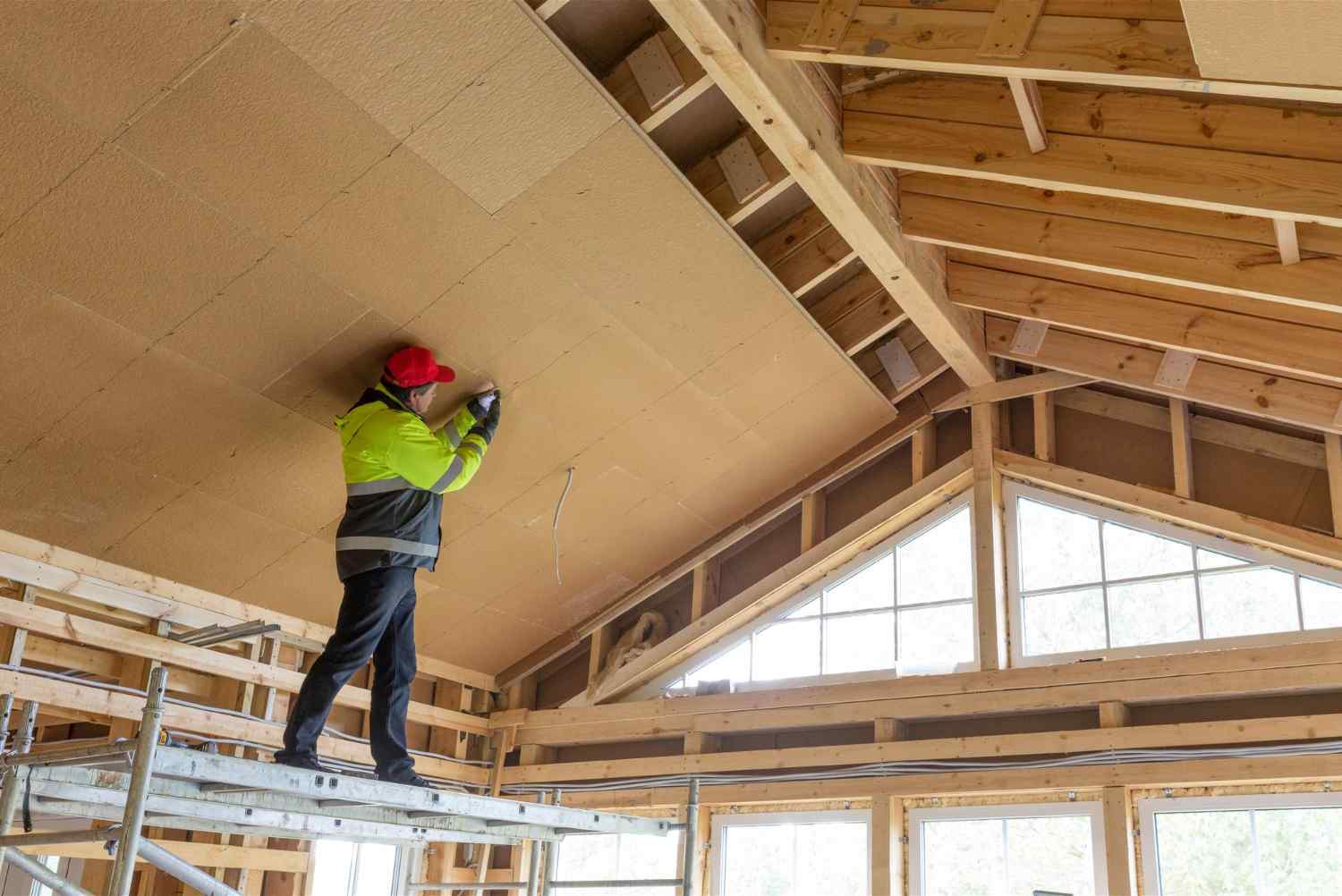
With this guide, you can get information about loft boards, their advantages, types, and factors to consider while choosing a loft board for installation. Moreover,
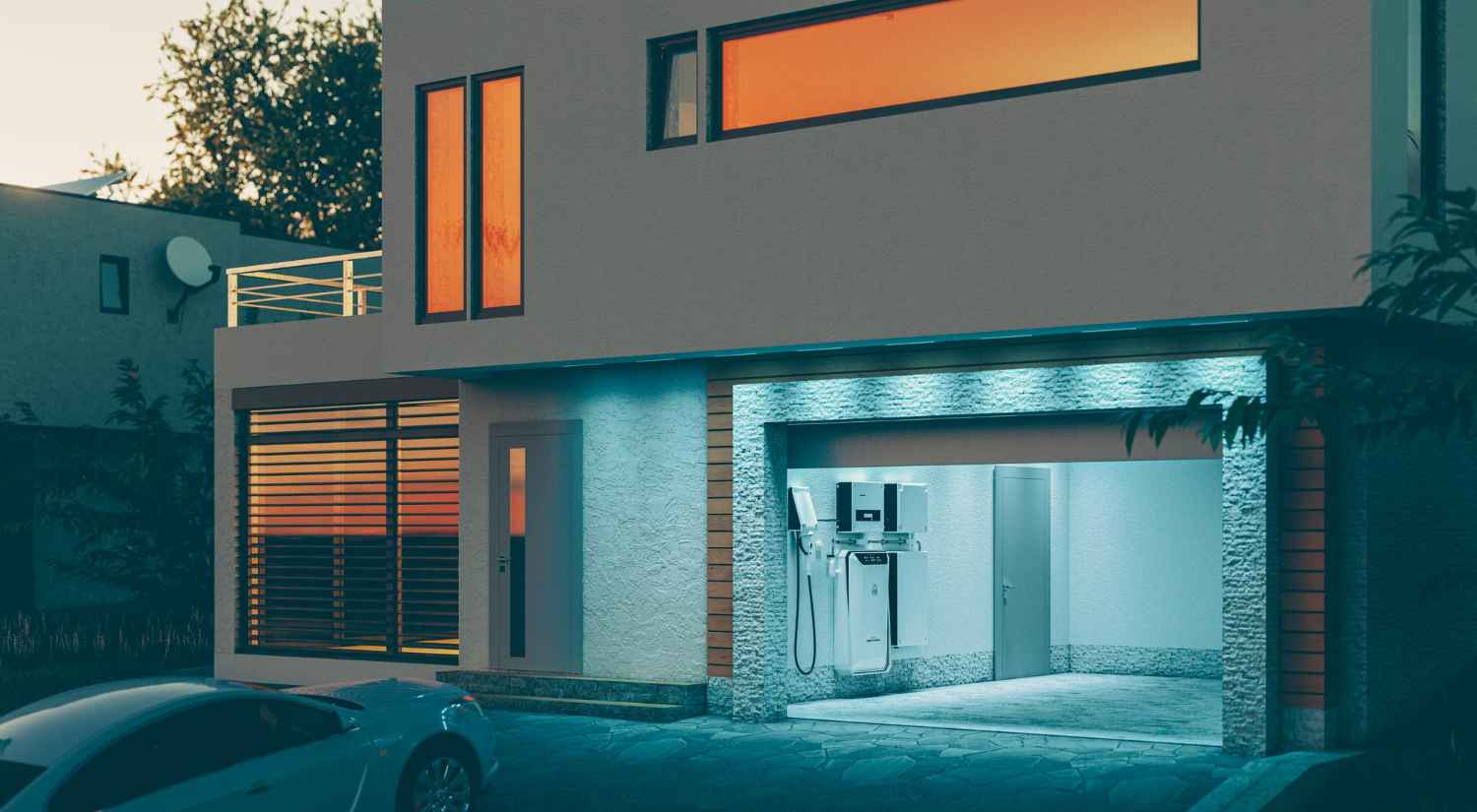
Things You Must Know About Garage Conversion You must first determine if your garage is appropriate for conversion. It becomes difficult to convert a garage
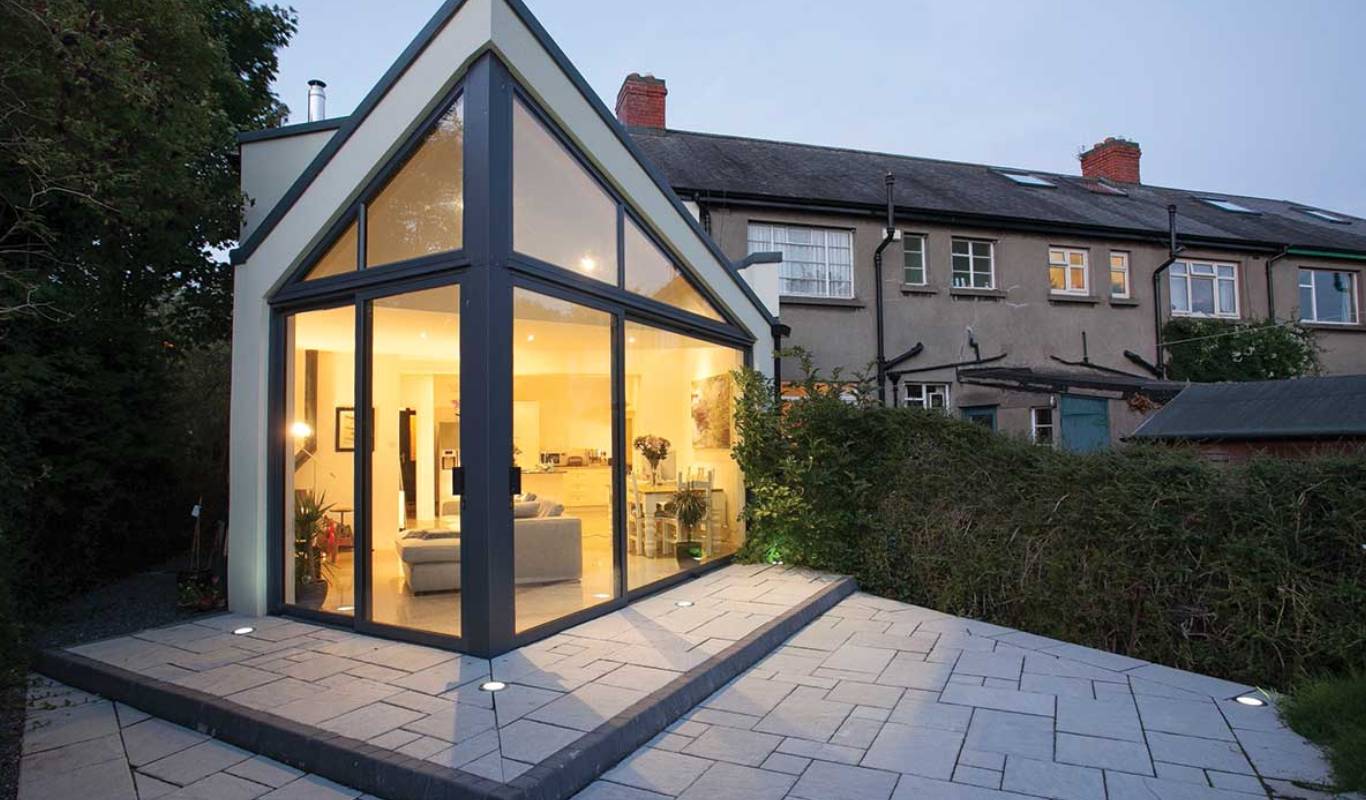
House Extensions and Planning Permission House extensions enable property owners to extend their living space without enhancing their property’s footprint. House extensions are relatively affordable
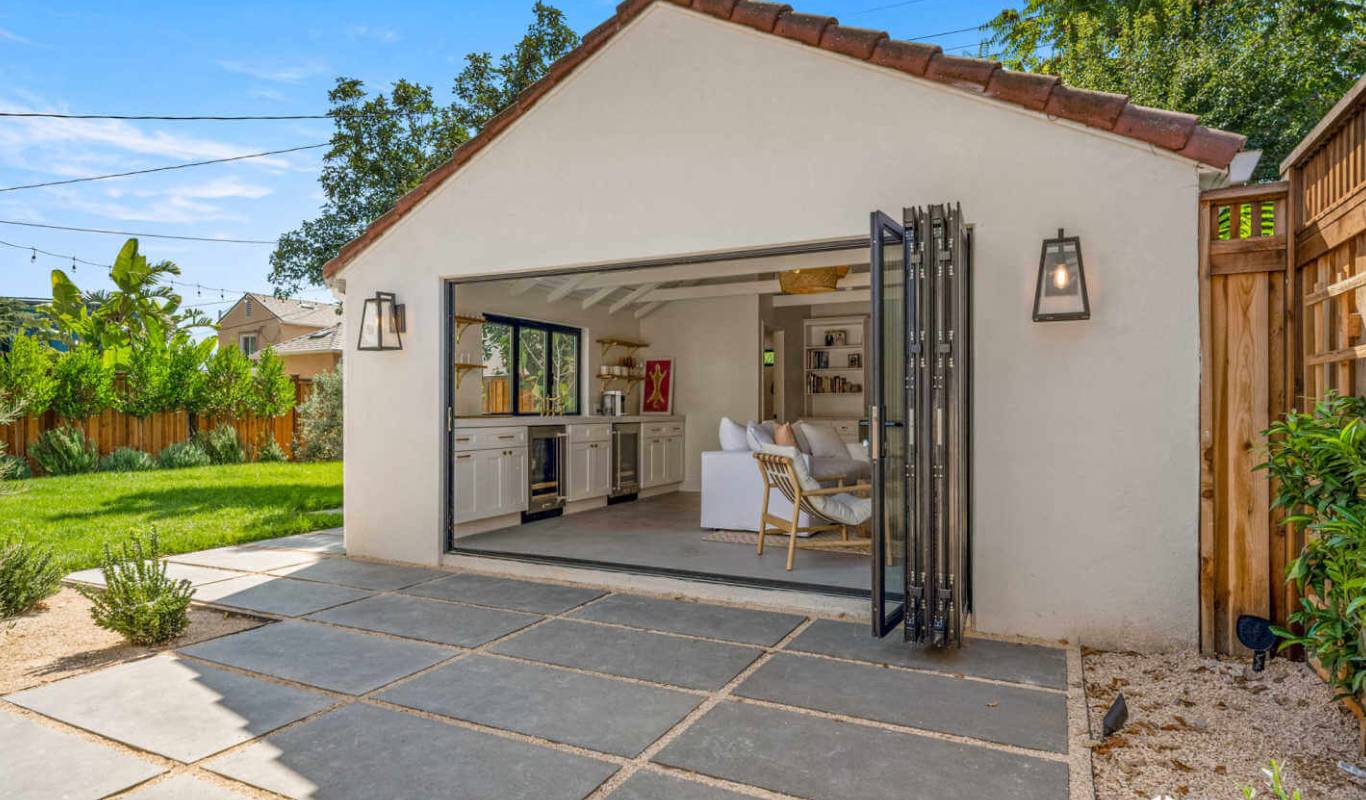
What is Garage Conversion? The process of converting an existing garage space into a functioning living room within your home is known as garage conversion.
If you are considering having any type of loft conversions done then look no further than Life Lofts.